I am following the book Test-Driven iOS development by G. Lee and came across this unit test, which I don't understand. First of all, if you need more code, please let me know right away.
-(void)testDelegateNotifiedOfErrorWhenNewsBuilderFails
{
MockNewsBuilder *builder = [MockNewsBuilder new];
builder.arrayToReturn = nil;
builder.errorToSet = underlyingError;
newsManager.newsBuilder = builder;
[newsManager receivedNewsJSON:@"Fake Json"];
...
}
-(void)receivedNewsJSON:(NSString *)objectNotation
{
NSError *error = nil;
// As you see error is nil and I am passing in a nil error.
NSArray *news = [_newsBuilder newsFromJSON:objectNotation error:&error];
...
}
@implementation MockNewsBuilder
-(NSArray *)newsFromJSON:(NSString *)objectNotation error:(NSError **)error
{
// But once I arrive here, error is no longer nil.
// (NSError **) error = 0x00007fff5cb887f0 domain: @"Fake Json" - code: 0
...
}
How is error auto-magically set?
UPDATE:
Thanks everyone for active discussion and advice. The answers explain how the caller side gets the error instance because of &, I understand that clearly. My question remains though why the callee side is pointing to a populated NSError instance, even though it had to be nil. I didn't set the error instance within newsFromJSON:error: so how is it already populated there?
I just changed [newsManager receivedNewsJSON:@"Fake Json1"]; and the error instance within newsFromJSON:error: reflects right away
(NSError **) error = 0x00007fff5b9b27f0 domain: @"Fake Json1" - code: 0. Its very confusing...
